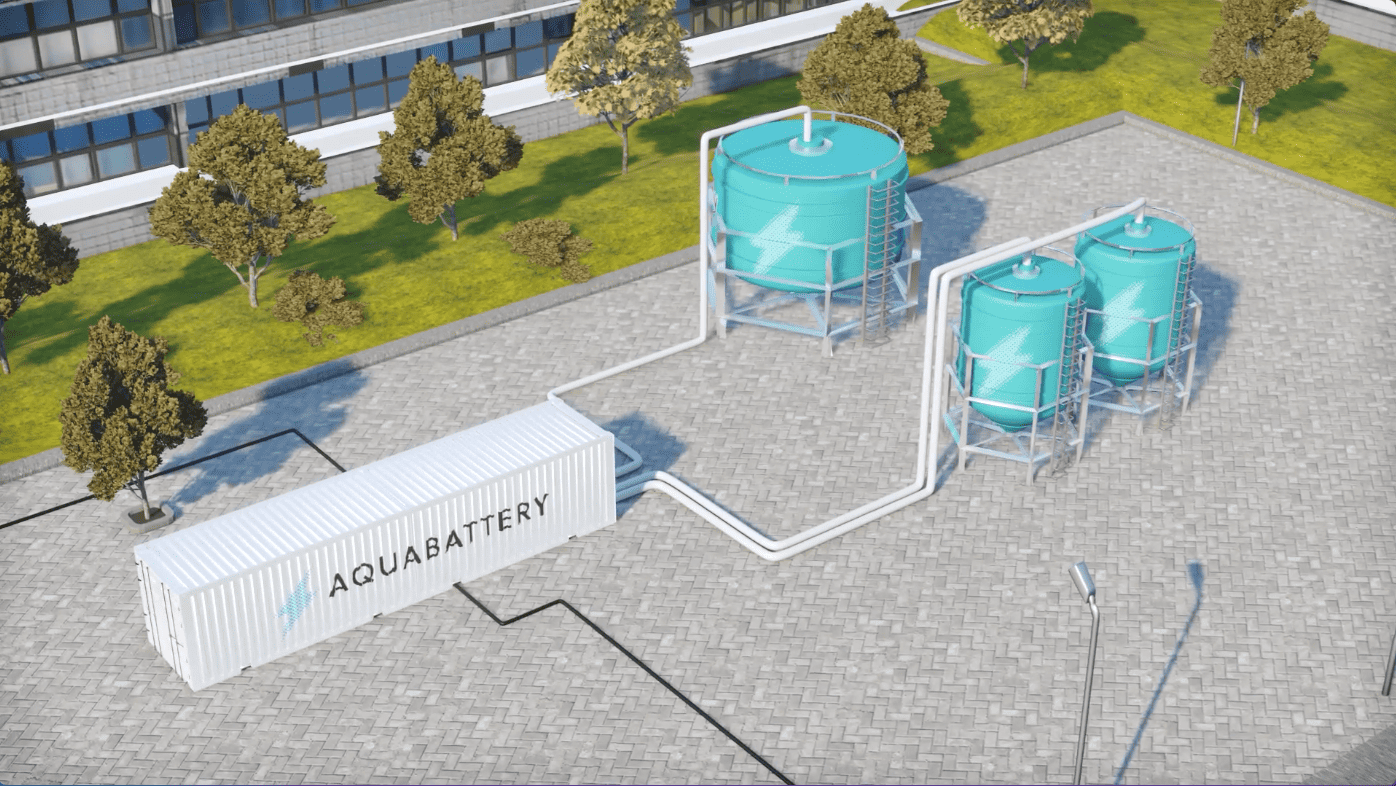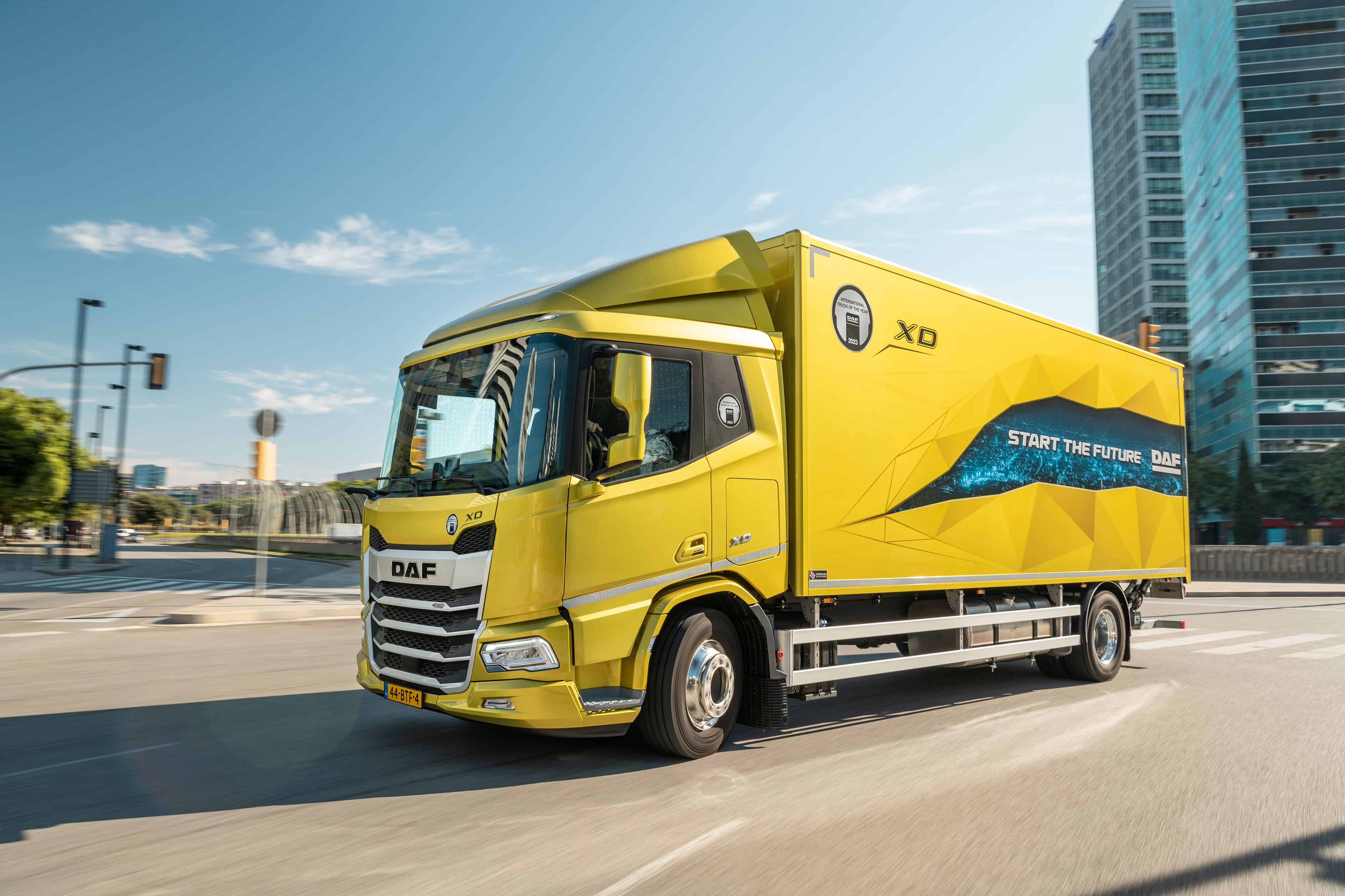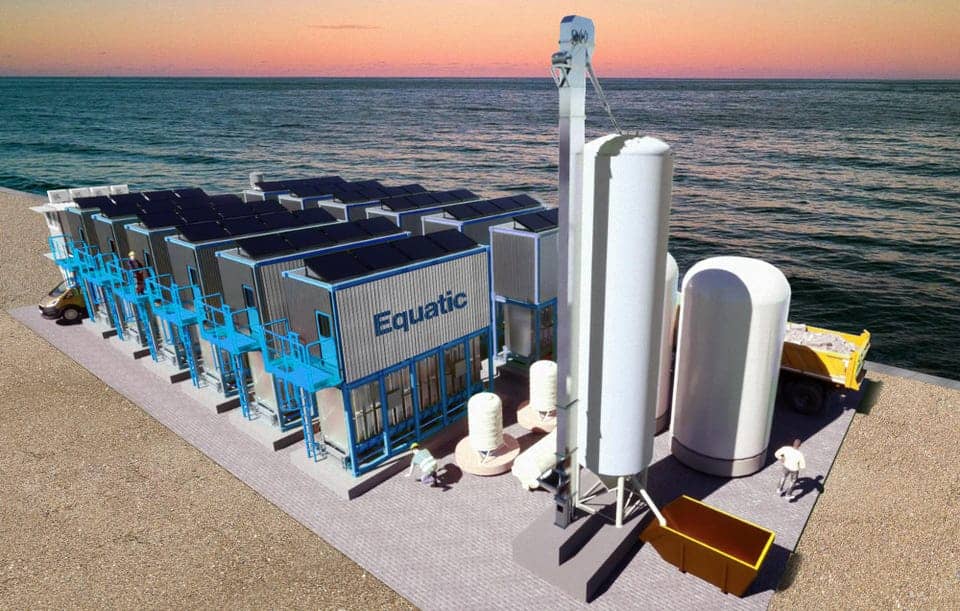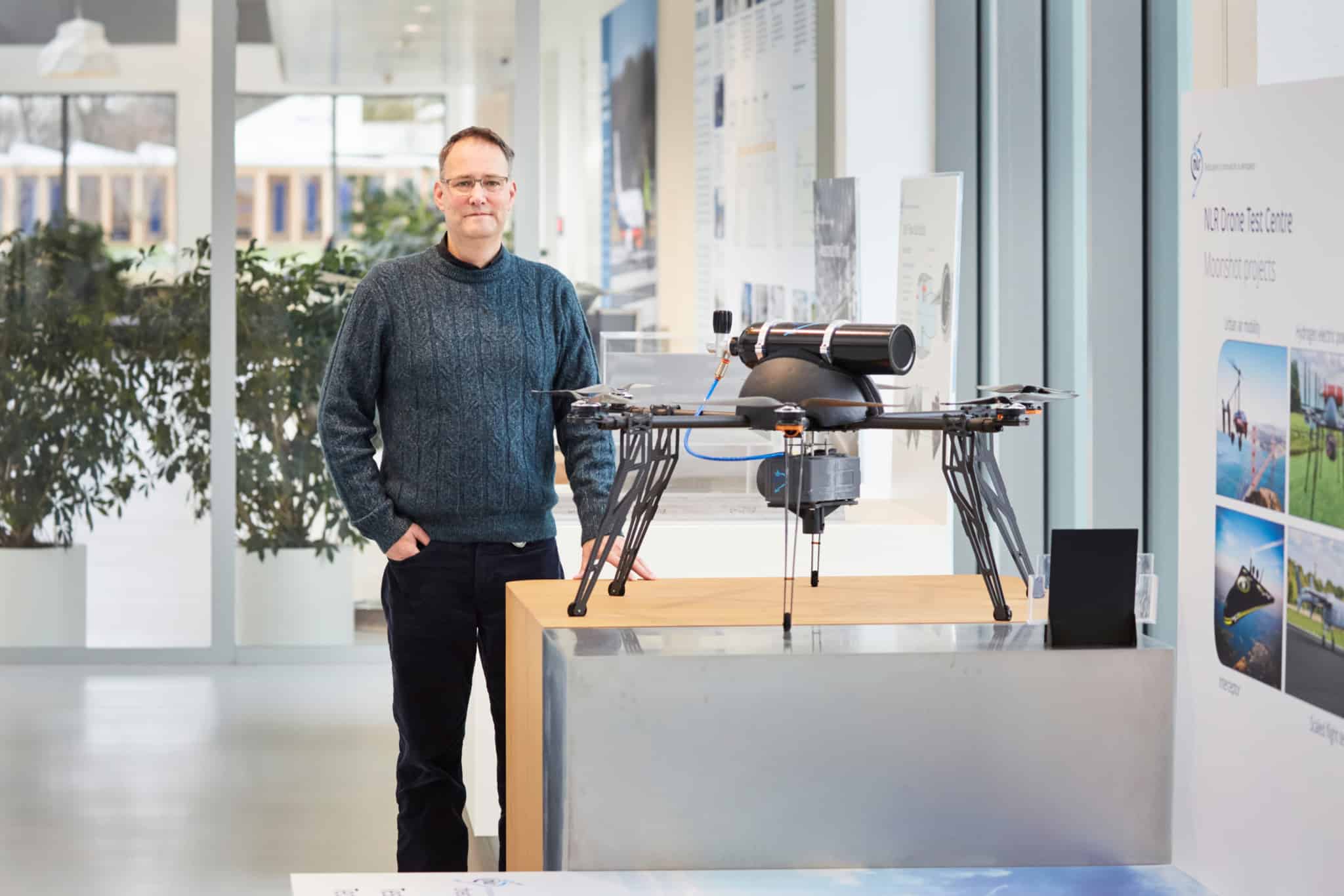
Subterranean spaces in salt rock have been used for many years for the storage of natural gas. The German energy company EWE, in cooperation with the German Aerospace Center (DLR), is now testing something new in “Rüdersdorf bei Berlin”, a small town east of the German capital. This is a cavity measuring 1000 meters deep with a capacity of 500 cubic meters (m3). That’s enough for 5 to 6 metric tons of hydrogen. EWE President Stefan Dohler announced this at a press conference on Friday.
Construction will take just over a year. The first tests will follow in the spring of 2022. “One of the things we hope to find out over the course of 2022 is what happens to the purity of hydrogen when you store it in a salt cavern. This will be particularly important if the hydrogen is later used by the mobility sector.”
Support from the German Government
The project will cost around €10 million, of which EWE will cover 40%. The rest will come from the German government, which sees a great future for hydrogen as an energy carrier.

According to EWE project leader Paul Schneider, the aim in the future is to use much larger subterranean spaces for storing hydrogen. This cavity of 500 m3 is roughly comparable to a single-family house. “The goal is storage in spaces of up to 500,000 m3 that will fit an entire Eifel tower.”
37 salt caverns
EWE is building on its knowledge of the underground storage of natural gas. This has been done in Rüdersdorf bei Berlin since 2007. Caverns such as those there are formed by pumping water through salt rock. EWE has 37 of these types of underground storage facilities.
The choice of a location close to Berlin does not appear to be a coincidence. The federal state of Brandenburg – the region surrounding Berlin – has in recent years built up a reputation as a center for green energy. In Brandenburg, about two-thirds of all electricity comes from biomass, wind, and solar power plants.

Plenty of green projects around Berlin
Since November, the federal state can boast, among other things, the largest solar park in Germany near the city of Werneuchen. The EnBW energy group plans to expand this park even further next year. Ultimately, solar panels at Werneuchen should generate enough power for 130,000 households. Fortunately, Berlin with its 3.7 million inhabitants is just around the corner.
Another project that is attracting a lot of attention is the construction of the Tesla factory in Grünheide, which has the potential to provide a boost to all electromobility across Germany. Tesla CEO Elon Musk wants to build the largest battery factory in the world in Brandenburg.
Apparently, this is working like a magnet on other manufacturers, because the chemical giant Basf and the American company Microvast have also settled on Brandenburg for a battery (parts) factory.
You can also read our other articles about hydrogen here.







